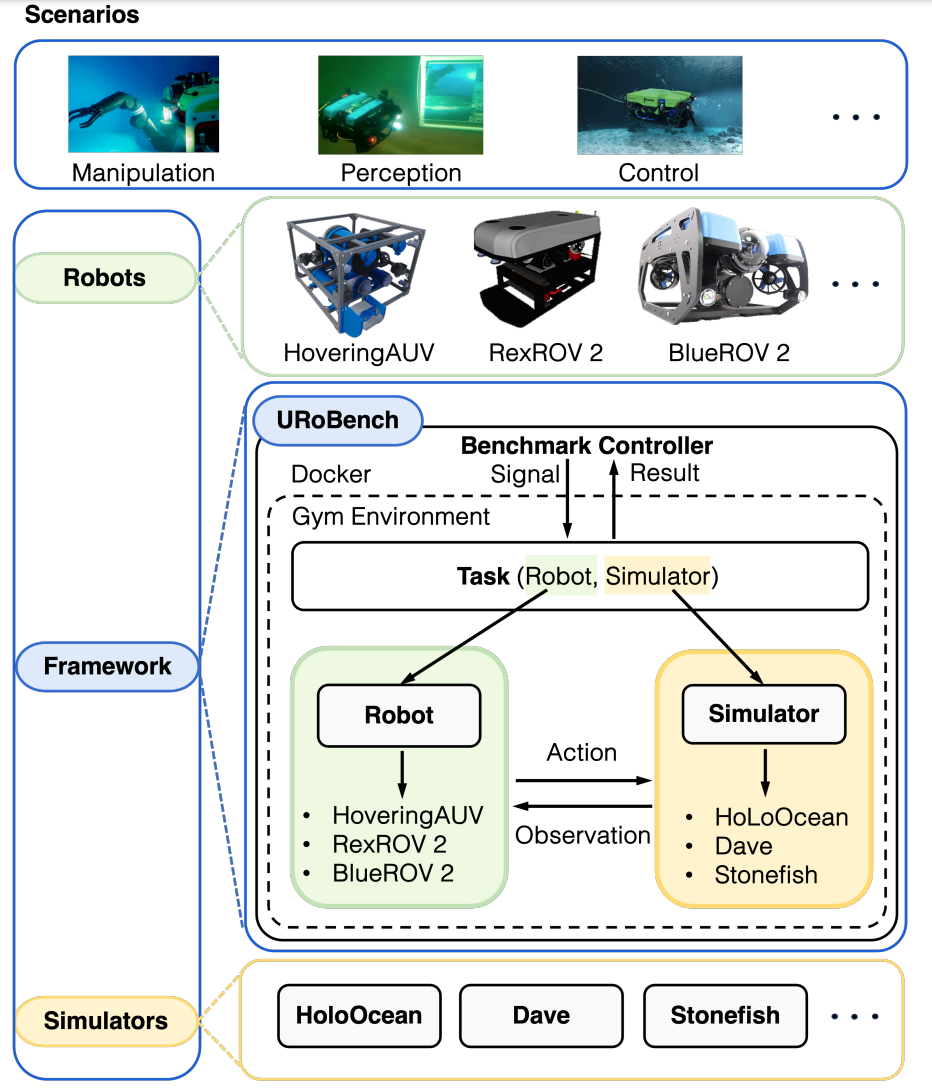AURA (Autonomous Resilience Agent) is an AI framework for managing underwater vehicles. Through Human-in-the-Loop Distillation, it translates sensor data into problems, collaborates with operators on solutions, and retains expert insights as lasting knowledge-evolving into an adaptive, trustworthy partner for resilient human-robot teams.
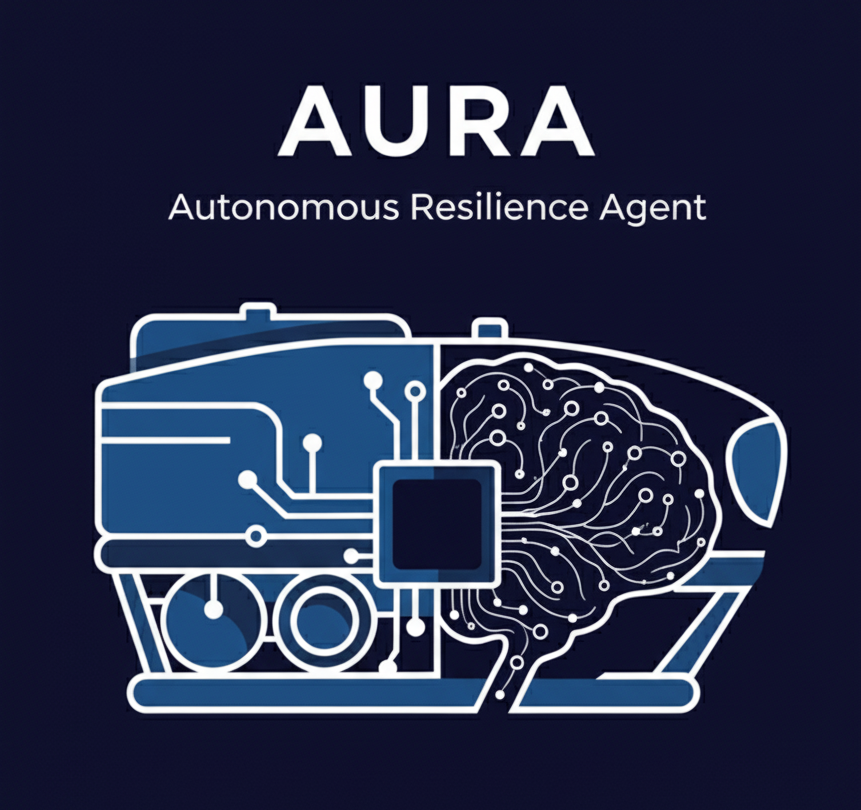
UROSA (Underwater Robot Self-Organizing Autonomy) is a new software architecture that reimagines robot autonomy. Traditional robots struggle in complex, unpredictable environments like the ocean because they rely on rigid, pre-programmed rules. UROSA replaces this old paradigm with a collaborative team of intelligent AI agents.
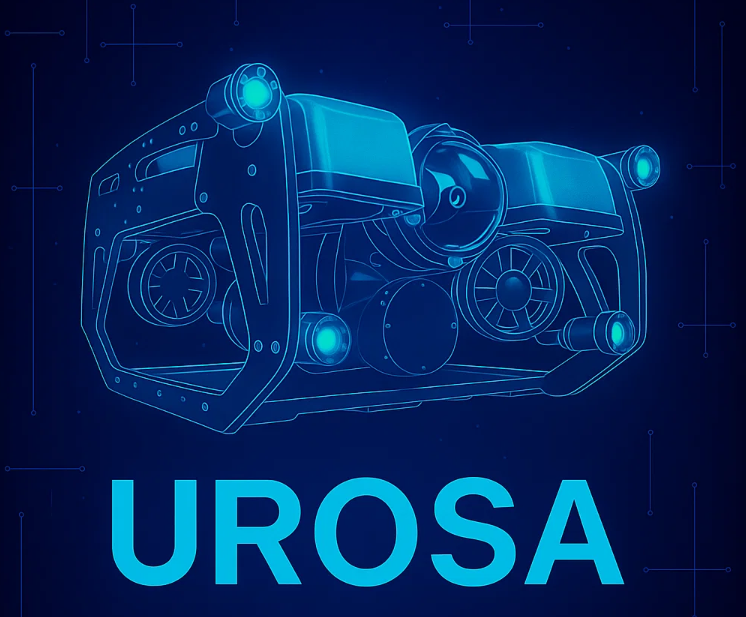
This research explores the development of an autonomous wind farm inspection and maintenance system, leveraging a multi-agent robotic framework. The system integrates an Autonomous Underwater Vehicle (AUV), an Autonomous Surface Vehicle (ASV), and a robotic arm to collaboratively perform inspection and maintenance tasks on offshore wind farms.
The project focuses on designing and developing advanced software and autonomous control frameworks to achieve reliable and efficient operation in harsh marine environments. Key challenges addressed include dynamic disturbance rejection, coordinated multi-agent control, and real-time decision-making under uncertainty. This research also investigates the feasibility of deploying such systems for sustainable offshore wind farm maintenance, aiming to reduce human intervention and operational costs.
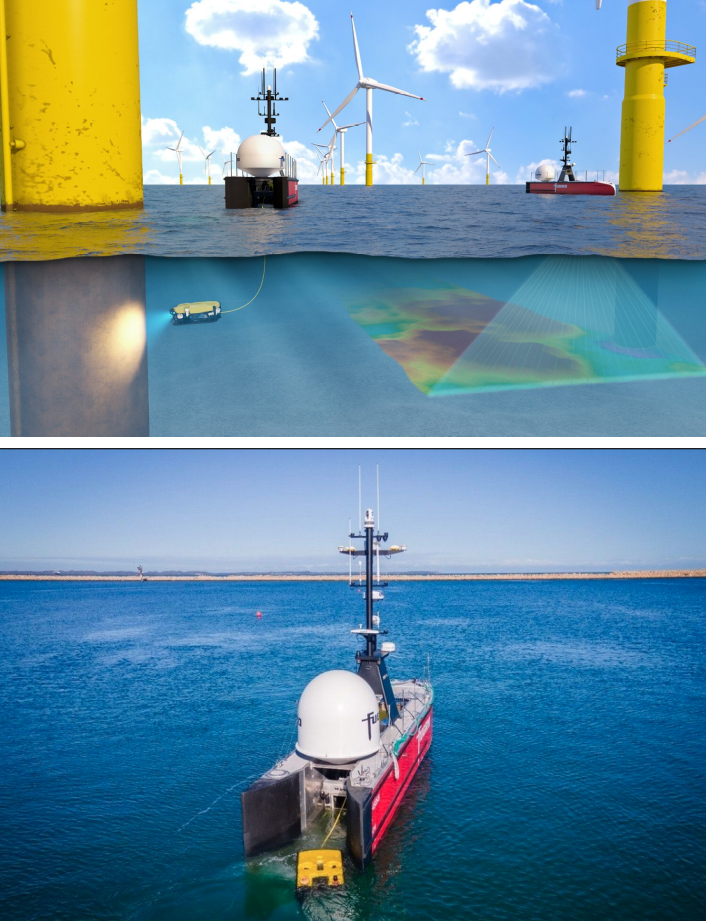
This workshop aims to encourage innovative research into simulation environments to provide enough realism to be invaluable for system design, risk assessment, and performance optimization
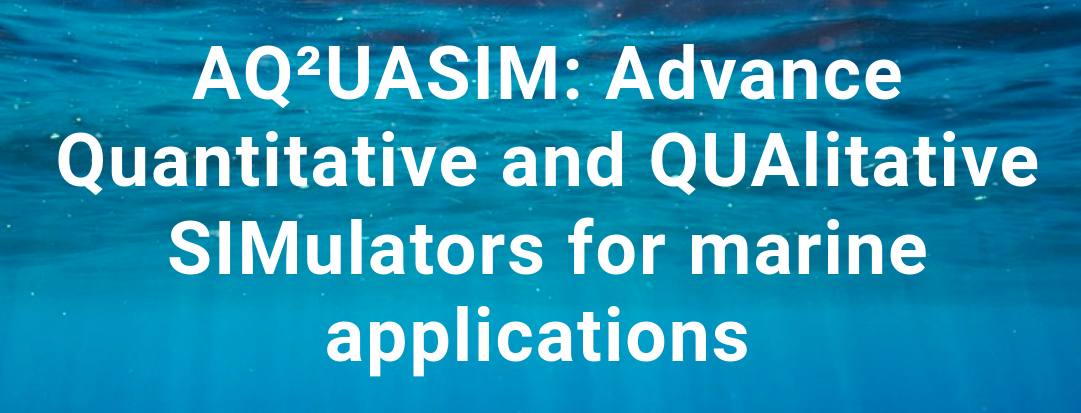
This paper presents a novel framework for motion control in tethered multi-robot systems in dynamic marine environments, specifically addressing the coordination between an Autonomous Underwater Vehicle (AUV) and an Autonomous Surface Vehicle (ASV).
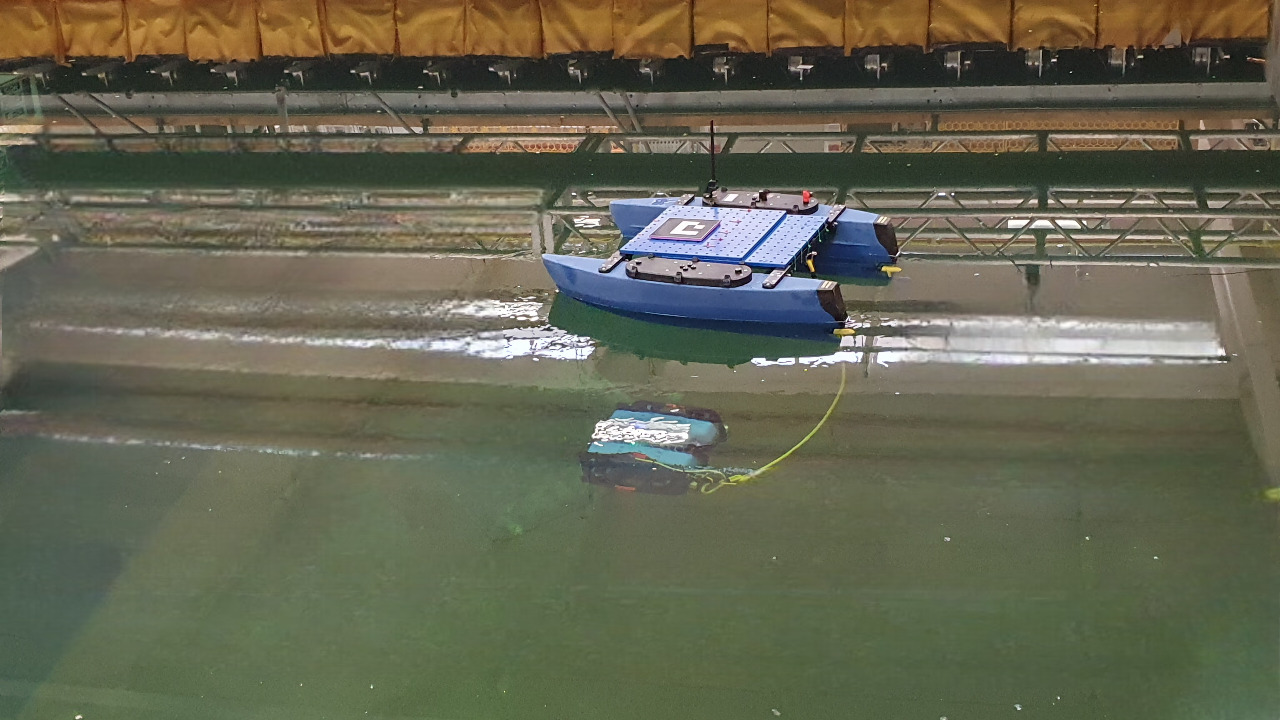
This research focuses on underwater manipulation, incorporating context-aware behavior learning with heuristic motion memory. The objectives include enhancing precision and efficiency during underwater operations by developing a motion planner that reduces computation time and improves motion recovery, especially when sensor data is unavailable. This work, accepted to IROS 2025, introduces a novel approach to trajectory and full-body motion optimization for underwater vehicle-manipulator systems.

This paper introduces URoBench, a modular benchmarking framework to standardize the evaluation of Reinforcement Learning (RL) algorithms across underwater robotics simulators. By testing three simulators (HoloOcean, Dave, and Stonefish) under RL conditions, it demonstrates the feasibility of consistent and comparable assessments, promoting standardized development in marine robotics.
